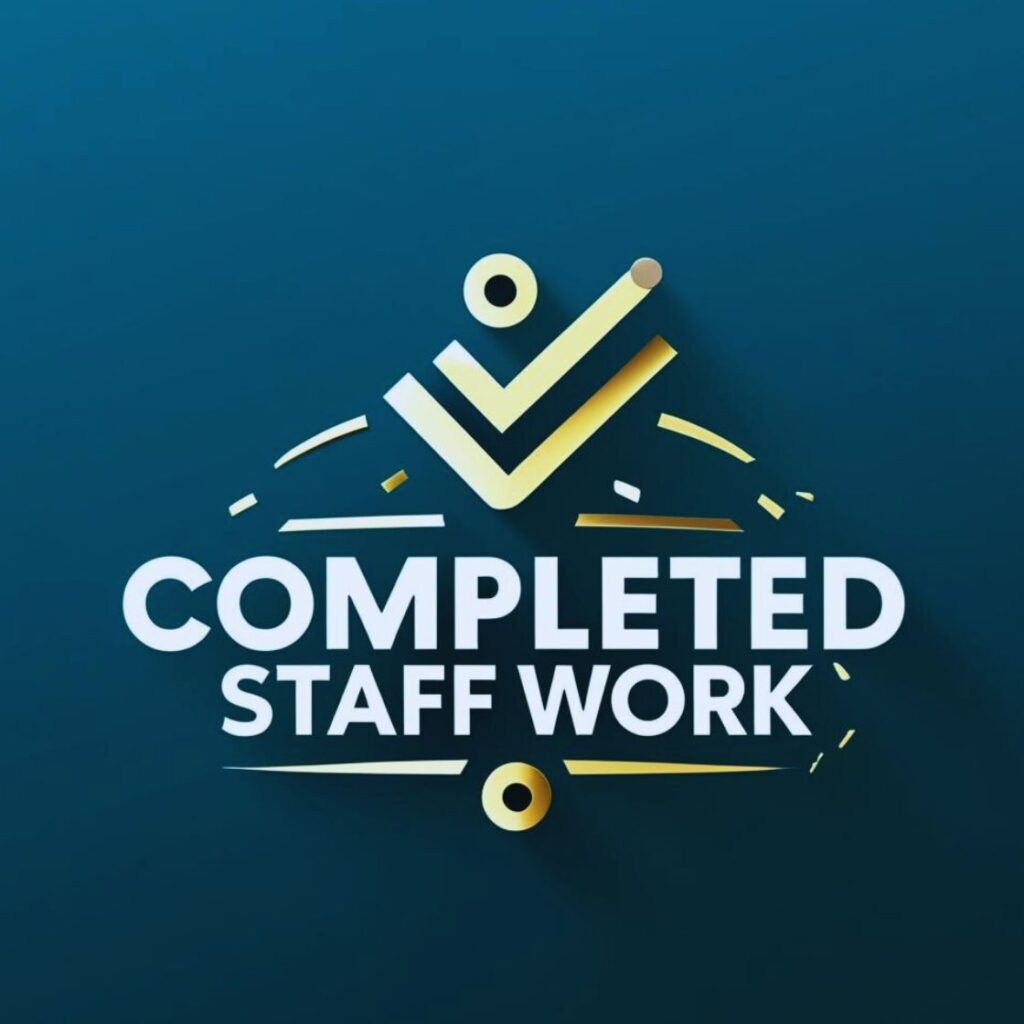I used to believe that innovation belonged to the creatives.
You know the type—those who wore funky glasses, used whiteboards like sketchpads, and threw around words like “disruption” and “iteration” with ease. I admired them from a distance.
Me? I liked order. I liked systems. I liked knowing the plan.
So for a long time, I stayed in my lane.
I thought, I’m not the “creative” one. I’m the implementer. The strategist. The speaker.
But then something happened.
One of the most impactful programs I ever launched—the kind that reshaped how a whole organization worked—started not from a brilliant idea, but from a question I was willing to ask:
“What if we tried it differently?”
That’s when I learned: innovation isn’t about having more ideas. It’s about making space for new thinking—especially when it’s inconvenient.
You don’t need to be the idea machine.
You just need to lead the environment where ideas happen.
Here’s what I’ve noticed across the organizations I’ve worked with:
- Teams aren’t struggling with a lack of creativity.
- They’re struggling with leadership that’s afraid of risk.
Not dramatic, all-or-nothing risk.
But small, everyday risk—the kind that asks questions like:
- “What if this doesn’t work?”
- “What if people laugh at this idea?”
- “What if we waste time trying something new?”
And because no one wants to be wrong… no one dares to be original.
That’s not a team issue. That’s a culture issue.

The Problem Isn’t a Lack of Ideas—It’s the Lack of Permission
Let me tell you about Jo.
Jo worked in a large company that talked a lot about innovation. They had posters, vision statements, and even “innovation challenges” every quarter.
But Jo noticed something: whenever someone pitched a wild idea in a meeting, leadership would say,
“Interesting. Let’s circle back.”
They never circled back.
So Jo stopped pitching. So did everyone else.
People stopped dreaming out loud.
And the only “innovations” that ever got approved… looked exactly like the last three.
That’s when I realized something powerful:
You don’t build a culture of innovation by encouraging ideas. You build it by rewarding the courage to try.
Why Innovation Needs Psychological Safety
Google’s famous Project Aristotle revealed that the #1 factor behind high-performing teams wasn’t talent, resources, or experience.
It was psychological safety—the belief that you won’t be punished, mocked, or penalized for making mistakes or taking risks.
In her book The Fearless Organization, Amy Edmondson breaks it down:
“Innovation thrives when people feel safe enough to speak up, offer ideas, and challenge assumptions.”
If your team doesn’t feel safe to fail, they won’t feel free to create.
And innovation will quietly die—right next to all those unspoken ideas.
So How Do You Lead Innovation (When You’re Not “The Creative One”)?
The secret? You don’t need to be the spark.
You just need to protect the flame.
Here’s how:
- Model curiosity. Start asking “What if?” more than “Why not?”
- Celebrate effort, not just outcomes. Reward the act of trying something smart, even if it didn’t work.
- Share your own learning moments. If you’ve failed and learned—say so.
- Create innovation rituals. A monthly experiment. A weekly pitch meeting. A “kill the worst idea” challenge.
- Stop protecting the old way. Nothing kills innovation faster than sacred cows and unspoken rules.
When your team sees you trying new things—and surviving—it gives them permission to do the same.
And little by little, that becomes your culture.
Innovation Is Not a Talent. It’s a Tone You Set.
It’s not about wild brainstorming.
It’s about everyday experimentation.
It’s about leaders who don’t have all the answers, but are willing to ask better questions.
You don’t need to be creative.
You need to be brave enough to try.
That’s where innovation begins.
And once it begins, it doesn’t stay small for long.
What’s Your Take?
Where in your team have ideas gone quiet?
What’s one thing you could do this week to make risk safer—and creativity more visible?
If your organization talks about innovation but struggles to live it, I’d love to help.
Let’s design learning experiences, strategy sessions, or creative labs that activate your team’s potential—and build a culture where good ideas don’t just show up… they grow.
Send me a message. I’m ready when you are.



